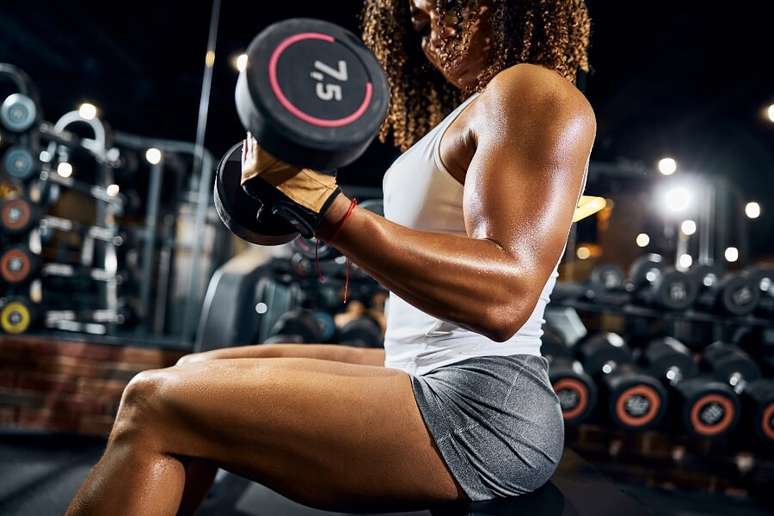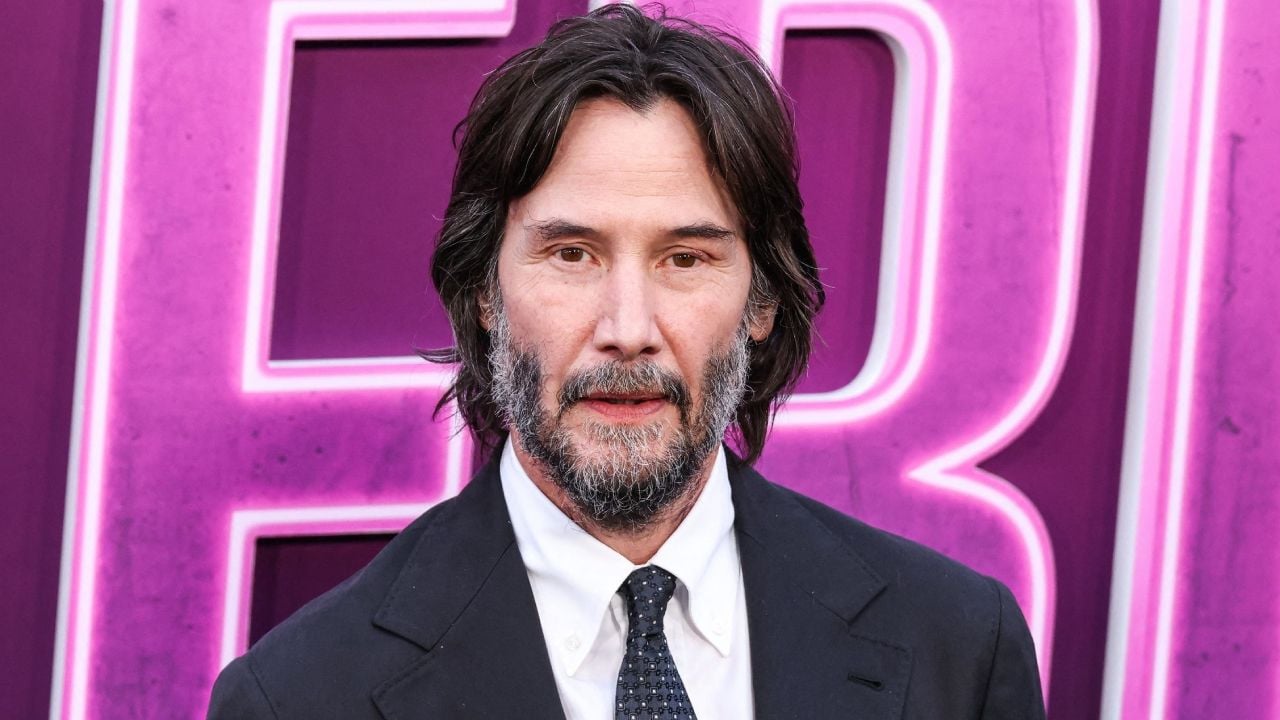Trained by a fake personal trainer, a student from Goiás fell ill and was hospitalized in intensive care with rhabdomyolysis
html[data-range=”xlarge”] figure image img.img-39d23248b0bb598eb54acd8a9b26f79an5ylp38l { width: 774px; height: 516px; }HTML[data-range=”large”] figure image img.img-39d23248b0bb598eb54acd8a9b26f79an5ylp38l { width: 548px; height: 365px; }HTML[data-range=”small”] figure image img.img-39d23248b0bb598eb54acd8a9b26f79an5ylp38l, html[data-range=”medium”] figure image img.img-39d23248b0bb598eb54acd8a9b26f79an5ylp38l { width: 564px; height: 376px; }HTML[data-range=”small”] .article__image-embed, html[data-range=”medium”] .article__image-embed {width: 564px; margin: 0 automatic 30px; }
In recent days, the news of a student from Inhumas, metropolitan region of Goiânia, who was training bodybuilding guided by a fake personal trainer, had repercussions on social media, having ended up in the intensive care unit with a case of rhabdomyolysis, a disease which affects the kidneys. But, ultimately, what is the relationship?
«The suspicion is that the fake professional had forced the student to practice heavy exercises and in the wrong way. Exaggerated training with high loads and incorrect execution can cause the destruction of muscle fibers. When this damage occurs, several substances are secreted into the bloodstream, including a protein called myoglobin, which can damage the kidneys,” says Caroline Reigada, nephrologist, specialist in Internal Medicine at the Irmandade da Santa Casa de Misericórdia de São Paulo and in Nephrology. of the Hospital das Clínicas of the Faculty of Medicine of the University of São Paulo.
“Immediate recognition and treatment of rhabdomyolysis is critical, as this serious disease may be associated with a risk of death from acute kidney injury and electrolyte imbalance,” adds the nephrologist.
Severe abdominal pain
The student said she felt severe abdominal pain after the exercises. This is one of the main symptoms, which also includes: muscle weakness, muscle pain and reddish-brown urine. According to the doctor, the muscles most affected are those that are part of the skeletal muscle group, present throughout the body and responsible for posture and movement.
“In addition to intense and exacerbated physical exercise, other causes of rhabdomyolysis include: major muscle trauma, such as that which occurs in a car accident or when limbs are crushed; alcohol and drug abuse, particularly cocaine and heroin; use of medications, such as statins, for long periods of time; infections such as those caused by viruses; existing diseases that affect the muscles,” says the doctor.
How the diagnosis is made
Caroline Reigada explains that the diagnosis of rhabdomyolysis is confirmed through blood and urine tests that confirm the levels of electrolytes circulating in the body, which are indicators of muscle breakdown.
“We need to pay special attention to indicators of kidney health in a patient with rhabdomyolysis, as an excess of muscle components in the bloodstream can trigger various kidney problems,” he says.
“Another corroborating laboratory test is the presence of myoglobin in the urine, especially if microscopic examination of the urine shows no erythrocytes. Myoglobinuria is detected when urinary myoglobin exceeds 250 mcg/ml. Other laboratory features are a rapid increase in serum creatinine levels, hyperkalemia, hyperuricemia, hypocalcemia or hypercalcemia, hyperphosphatemia, lactic acidosis and thrombocytopenia,” says the doctor.
Treatment for complications
The doctor states that management of the disease includes supportive care, treatment of the underlying cause and complications.
“Supportive care includes intravascular expansion with fluids to prevent acute kidney injury and mechanical ventilation in case of acute respiratory failure. It is also recommended to treat infections with appropriate antimicrobials. All potentially causative drugs (e.g. statins) are stopped. And electrolyte disorders must also be corrected,” explains the doctor.
According to your doctor, any acute kidney injury should be treated with intravenous fluids and, in some cases, hemodialysis.
Finally, the nephrologist reminds us that bodybuilding is not bad and that physical exercise is good for the kidneys in general, if well guided and without excesses.
“To avoid these cases, in strength training, a gradual progression of loads is advisable, avoiding sudden increases in weight and training volume,” he concludes.
HOMEWORK inspires transformation in the world of work, in business, in society. Compasso, a content and connection agency, is born.
Source: Terra
Ben Stock is a lifestyle journalist and author at Gossipify. He writes about topics such as health, wellness, travel, food and home decor. He provides practical advice and inspiration to improve well-being, keeps readers up to date with latest lifestyle news and trends, known for his engaging writing style, in-depth analysis and unique perspectives.









